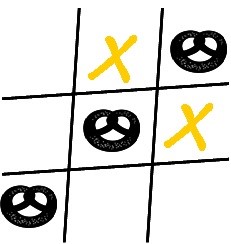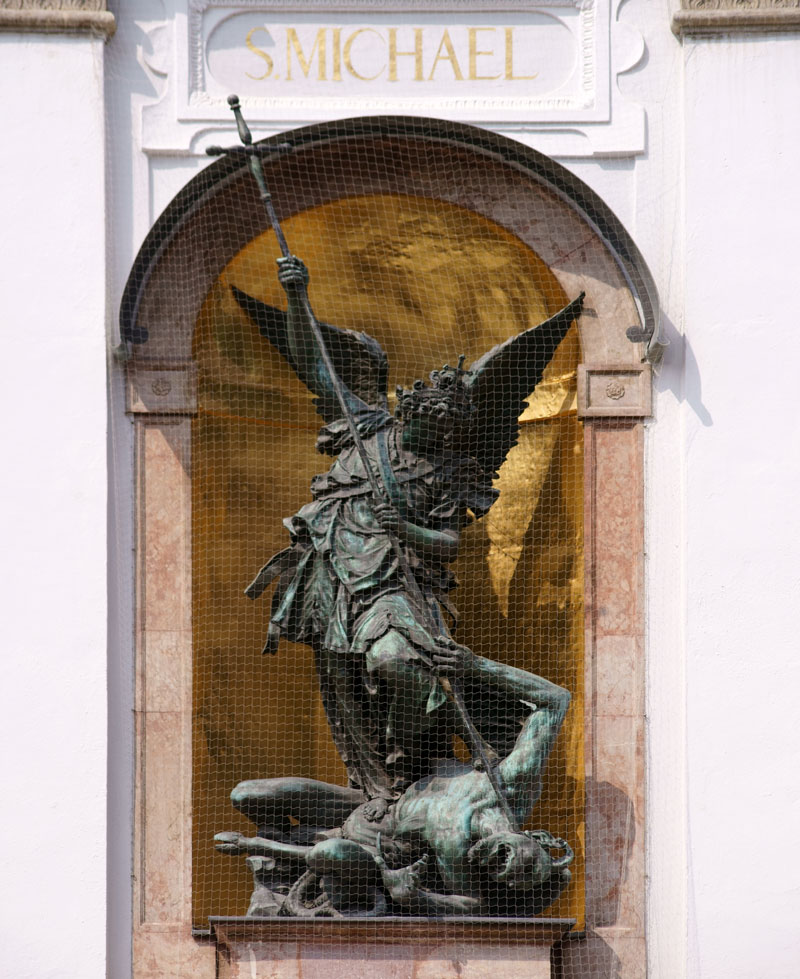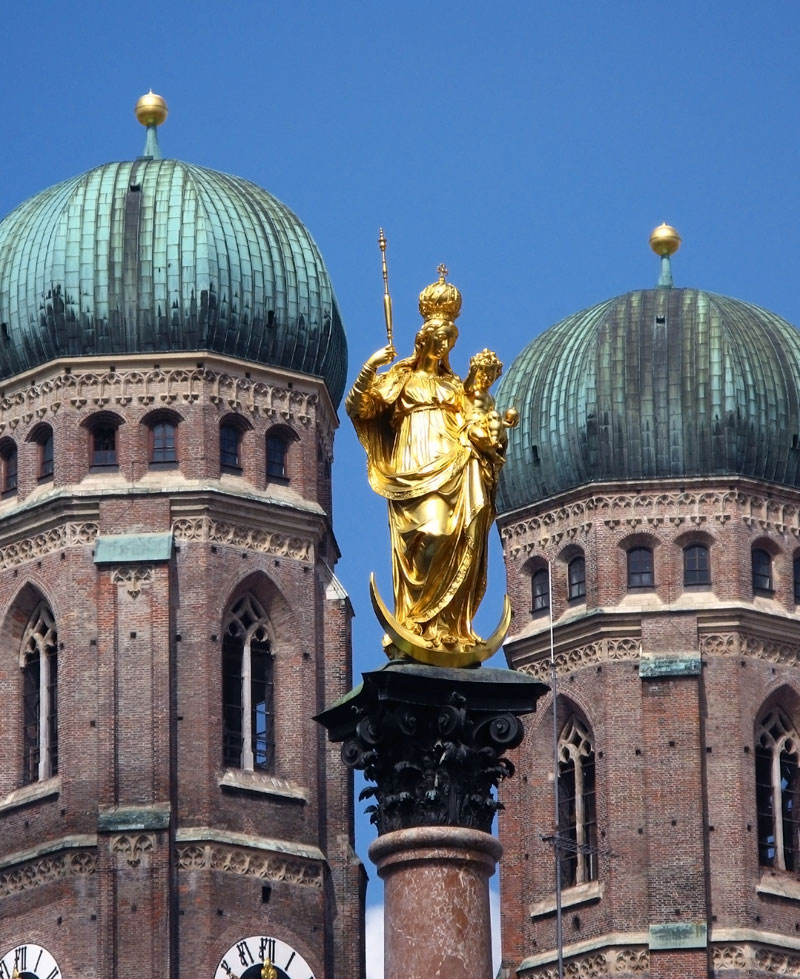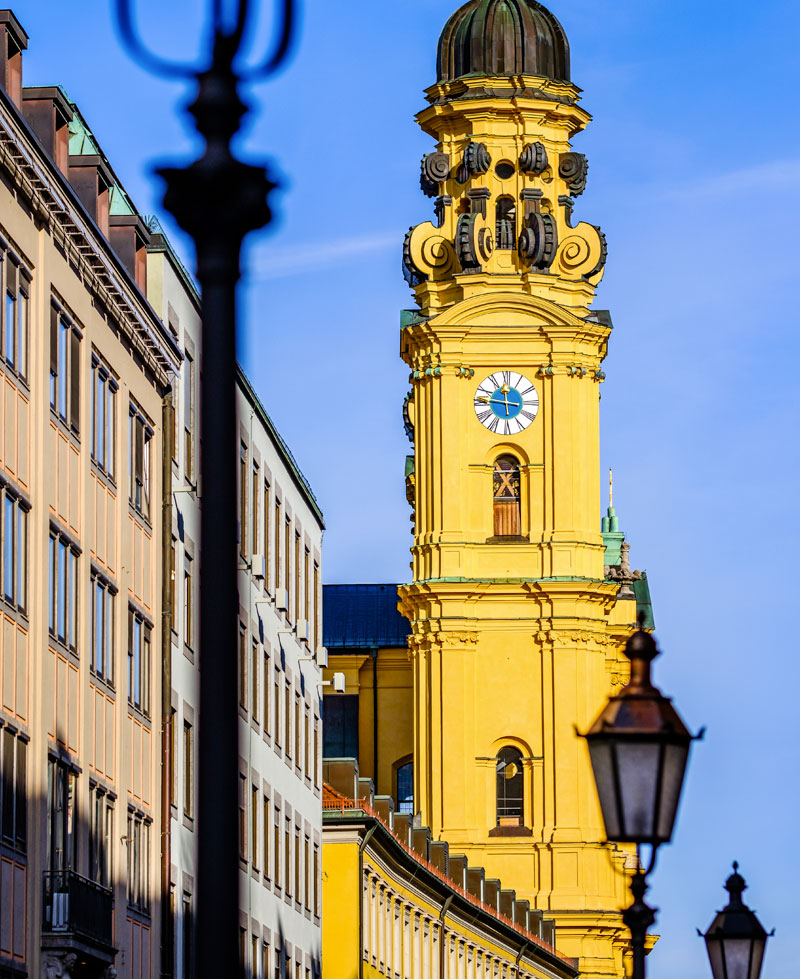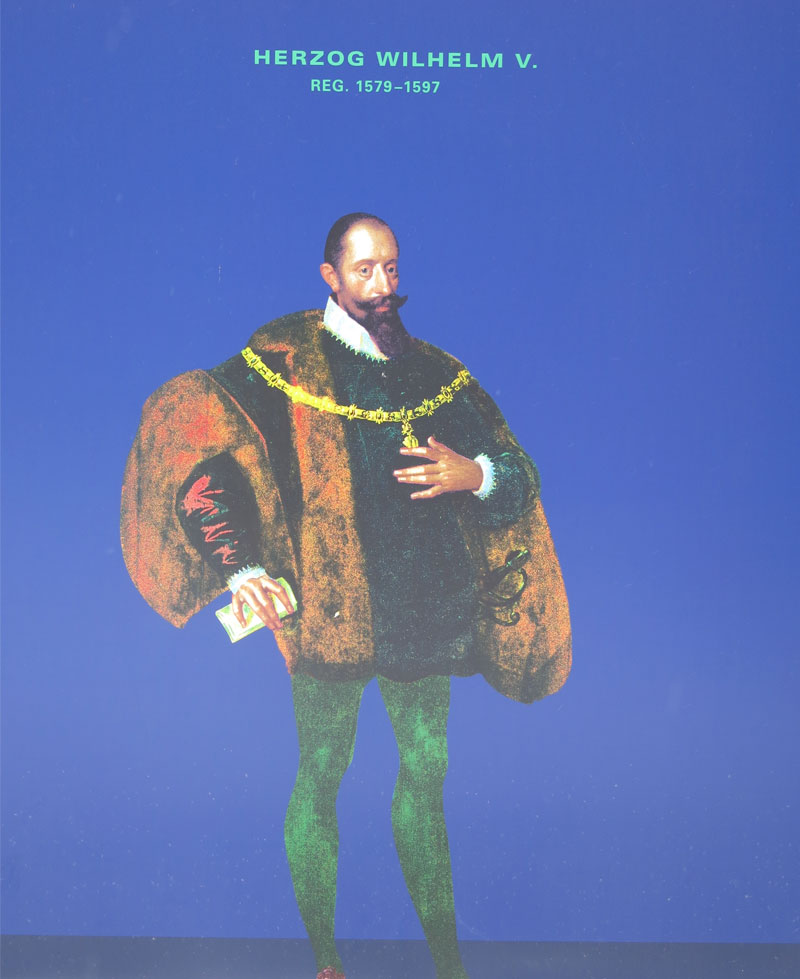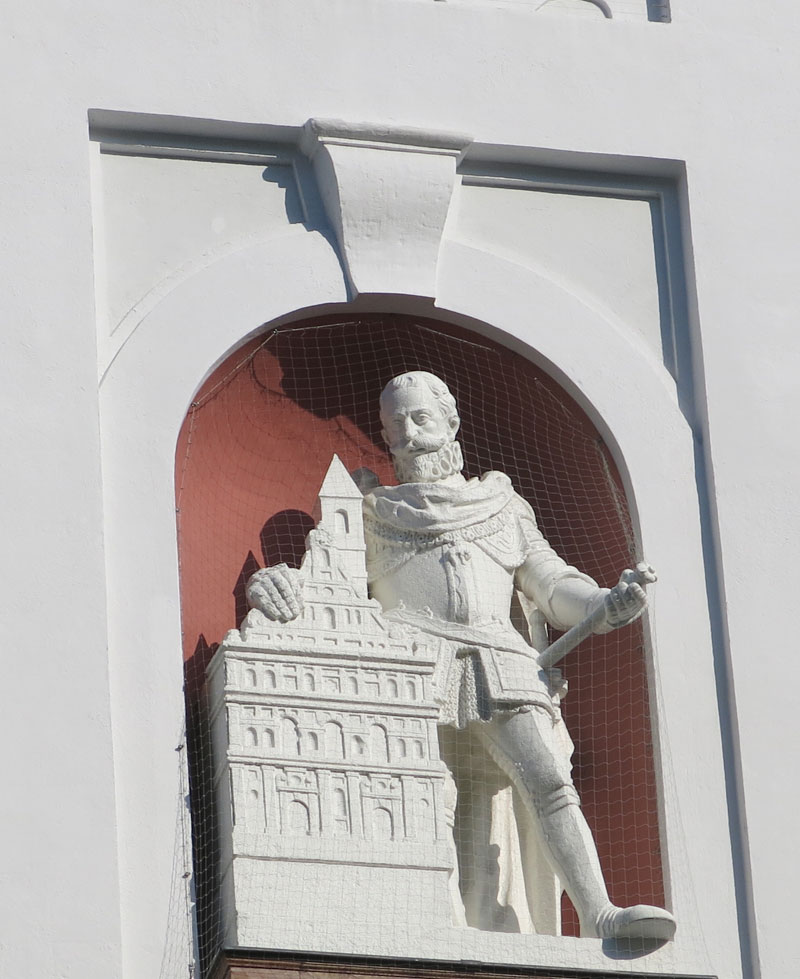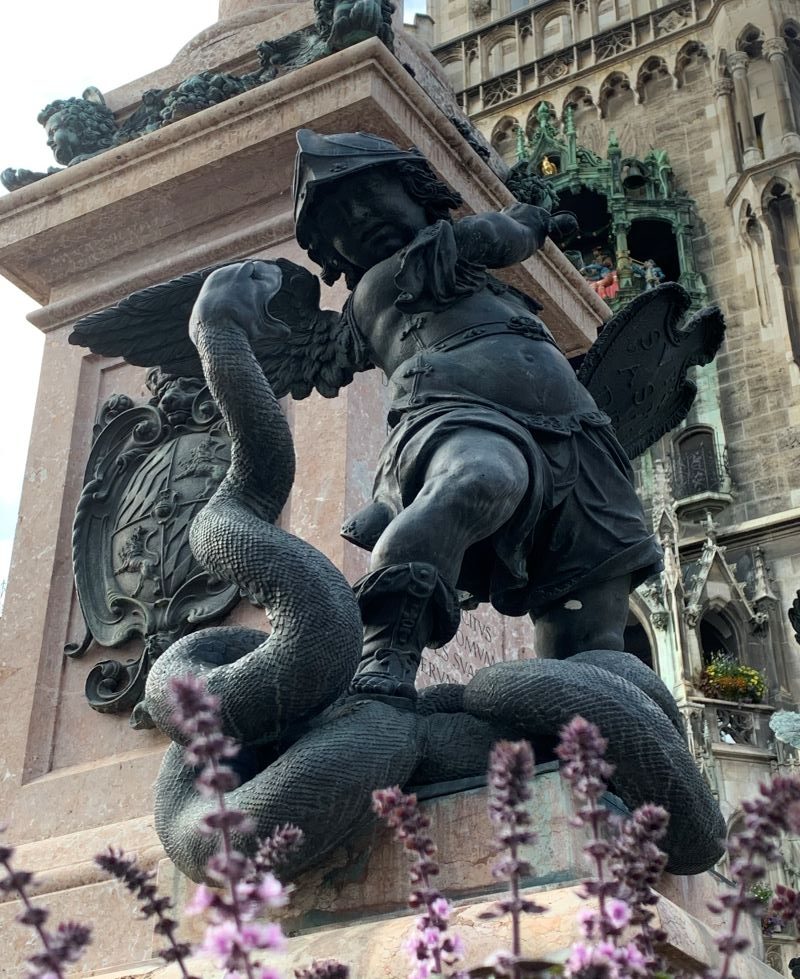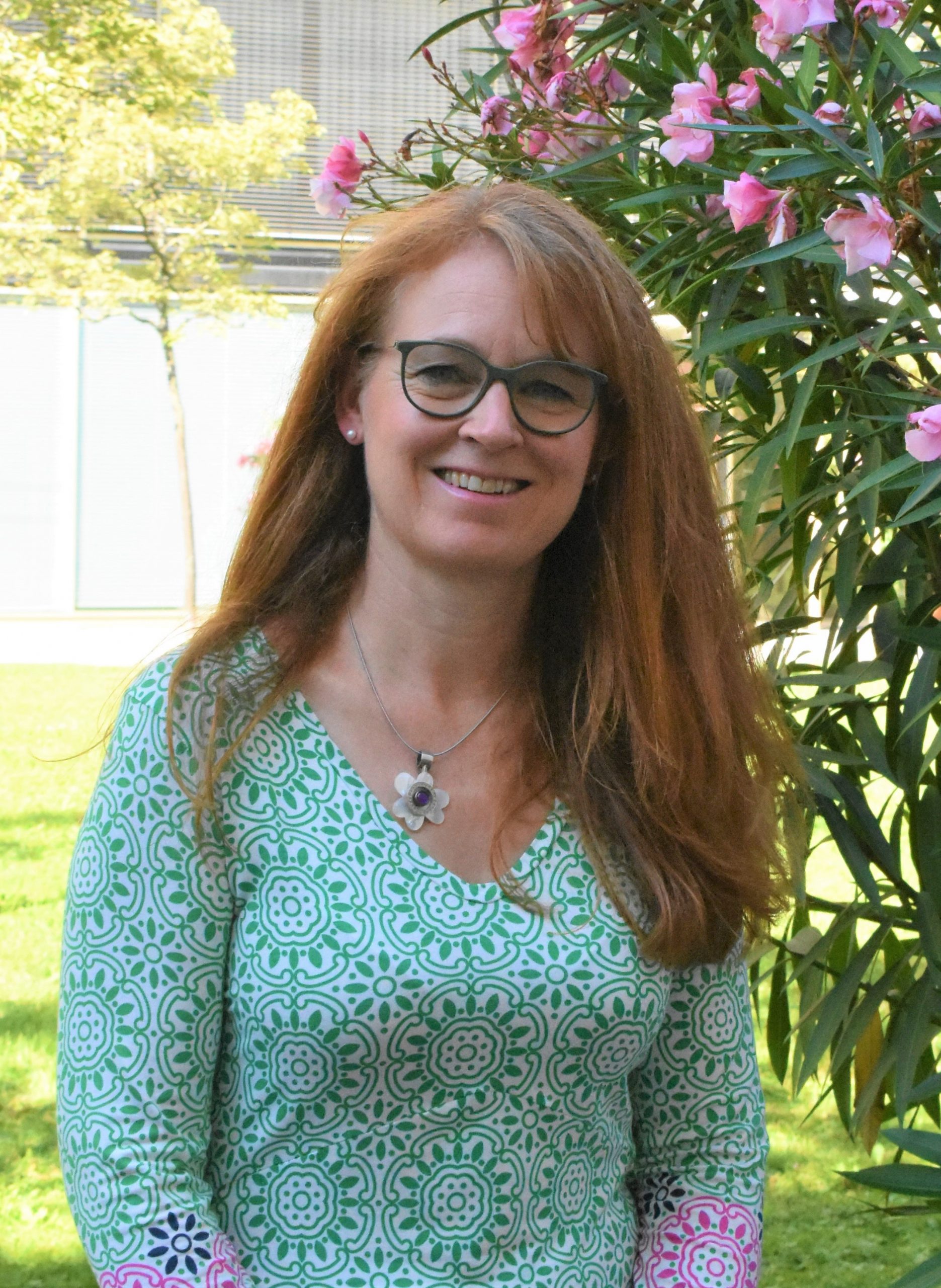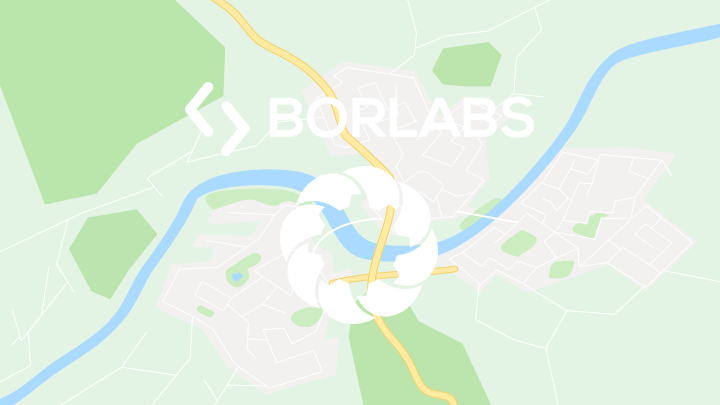ON THE TRAIL OF PROTESTANT LIFE IN MUNICH
500 YEARS OF (COUNTER)REFORMATION
| See Munich's landmarks like St. Michael's Church, the Mariensäule (Mary's Column) or the Frauenkirche (Church of Our Lady) in a completely different light! | |
 |
Between Karlplatz, Marienplatz and Odeonsplatz, let yourself be swept away by the events that shaped the debate about religions in Munich. |
| Find out what a bean counter is and why it was so important for Catholic church construction. |
Impressions
Description:
Who hasn't seen Munich's skyline, dominated by the many spires of Catholic churches? But aren't there any Protestant churches here?
To fully understand Bavarian Protestant history, we'll go back to the time of Martin Luther and search for traces in a city whose appearance is still shaped by the centuries-old evidence of the Counter-Reformation. And where it wasn't until the early 19th century that Protestant life was possible again.
Read more
While it wasn't clear from the start that the Bavarian dukes would categorically reject Luther's ideas and his criticism of the sale of indulgences and the veneration of saints, it's hard to ignore today: whether it's St. Michael's Church with its unique façade, brimming with rulers fighting for the Catholic faith; or the Frauenkirche with the precious reliquary of St. Benno; and of course the Marian Column, erected on Marienplatz during the Thirty Years' War, at whose base plump putti still fight against the four evils of humanity - including heresy, of course!
But from the very beginning, some citizens here also flirted with Luther's new teachings, secretly reading his pamphlets or singing his hymns together in the former Augustinian monastery—and in German, what a provocation! They were repeatedly punished for this or even forced to renounce their faith. Some even paid with their lives, and in large waves of emigration, Munich's Protestants left the city.
It was only a good 200 years ago that this Catholic monopoly was broken, when the Protestant Queen Caroline of the Palatinate came to Munich—naturally accompanied by her court, including her loyal cabinet preacher Ludwig Friedrich Schmidt. During the Enlightenment, he ensured that Luther's teachings finally took root in Munich almost 300 years after Luther posted his theses. But where did the first Protestants actually hold their services? Was bribery involved in the granting of citizenship to the first Protestant? And why did Queen Caroline's funeral end in scandal?
We want to answer all these questions together! We'll also shed light on the personal stories of famous Protestants in the city, spanning the period from the beginning of the Reformation to the present day. Don't miss this fascinating journey through time!
The most important things in brief:
Meeting point:
under the Karlstor at Stachus
Public transport:
U4/U5 or all S-Bahn lines at Karlsplatz/Stachus
Duration:
Can be booked as a 2- or 3-hour tour
Distance:
approx. 2-3 km
My tips for before and after our tour:
Since we're moving through the city center, all options are open to you! Our tour will likely end at Odeonsplatz, so perhaps a stroll through the Hofgarten afterward? Or continue straight to the Eisbachwelle? Or a shopping trip to Schwabing?
If you would like to delve deeper into the subject, then a visit to the Residence is a good option, where you will find, among other things, the fascinating collection of relics of Elector Max I.
Frequently asked questions:
Will your tour also allow us to visit the churches from the inside?
Can one visit the Residence's Committee Courtyard with the commemorative plaque for the first Protestant church during the tour?
Will we also visit the Princely Crypt in the Theatinerkirche on this tour?
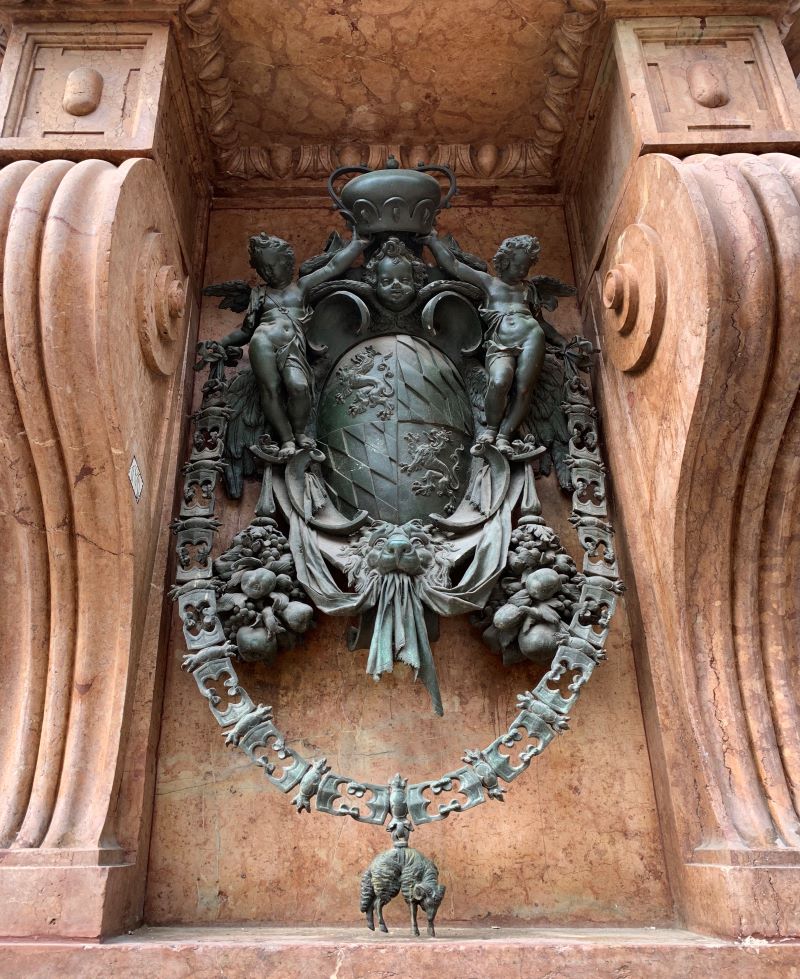
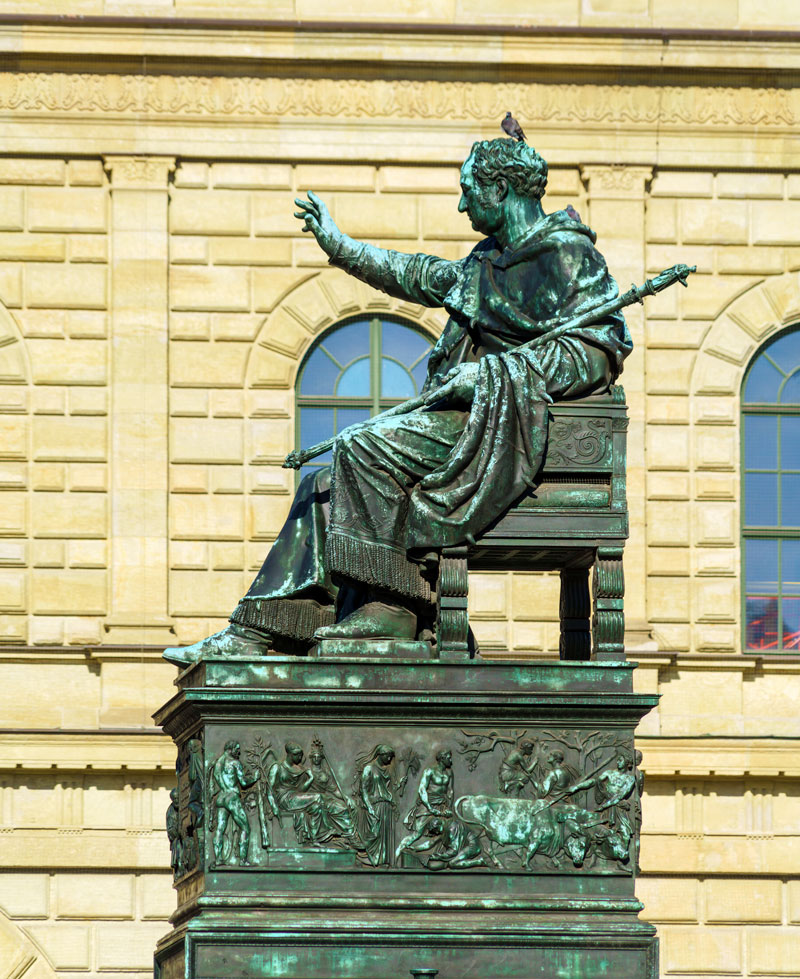
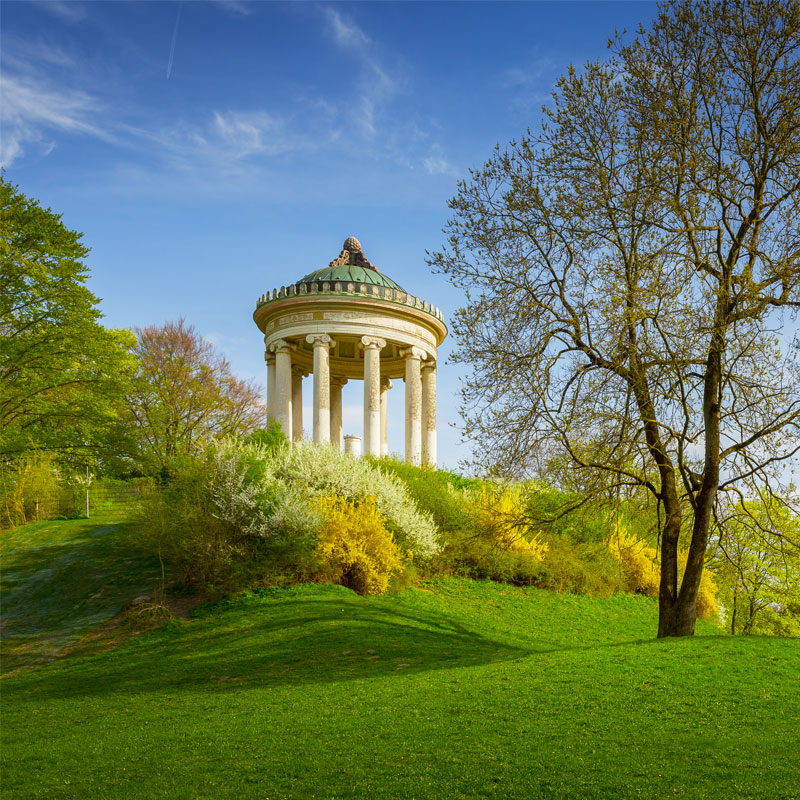
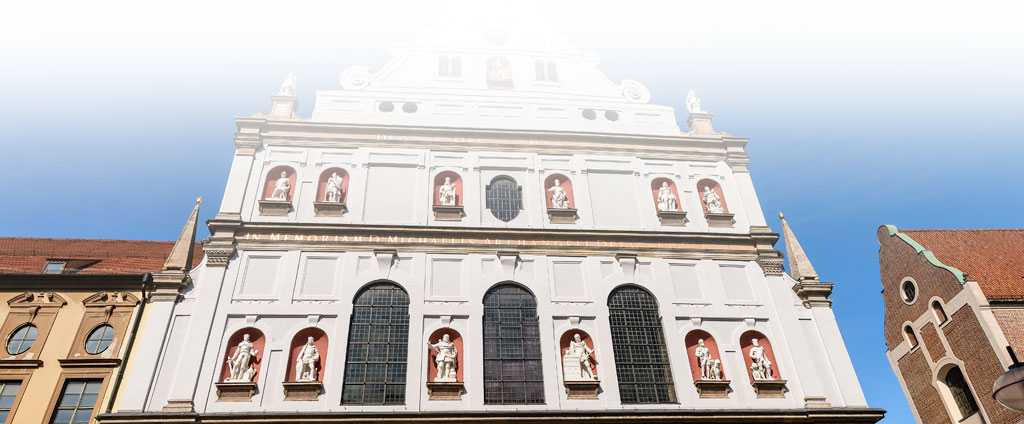
Still questions?
Write to me or just call me:
Grit Ranft
and the Dachau Concentration Camp Memorial
